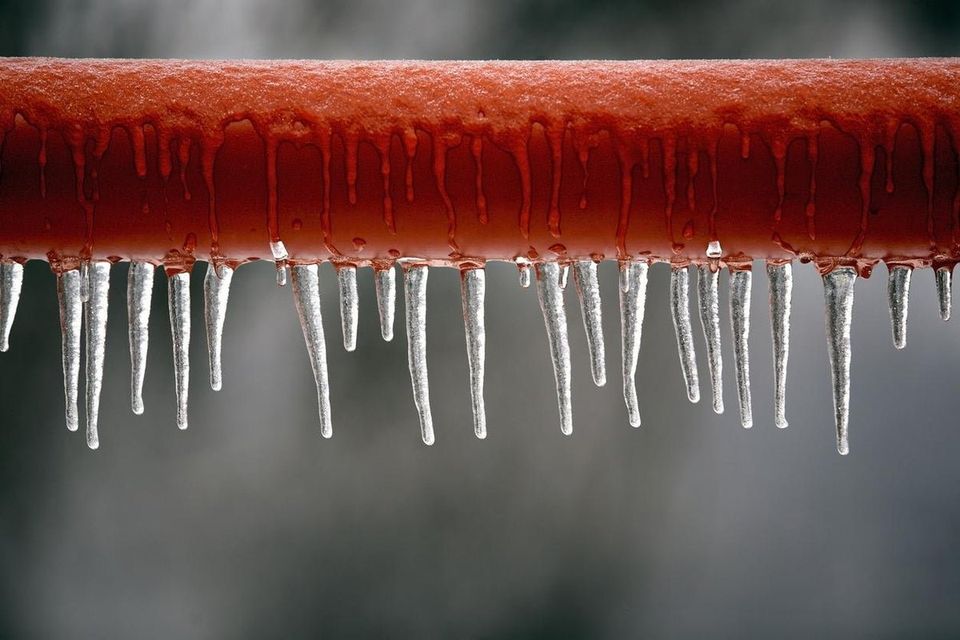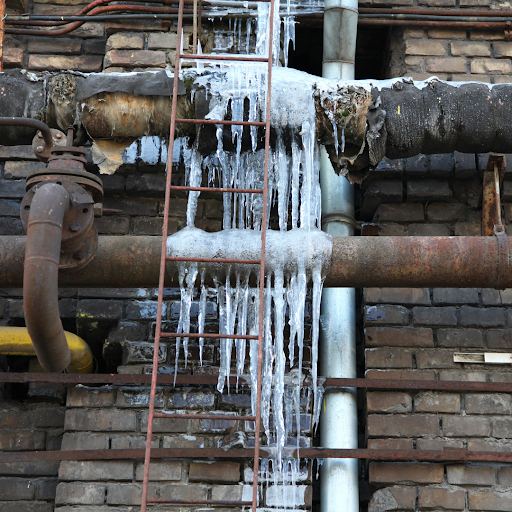What are your thoughts with regards to Winter Plumbing Precautions: Preventing Frozen Pipes?

Cold weather can ruin your pipes, particularly by freezing pipelines. Here's just how to avoid it from occurring and what to do if it does.
Intro
As temperature levels decrease, the risk of icy pipelines rises, possibly leading to pricey fixings and water damage. Comprehending exactly how to prevent icy pipes is vital for homeowners in cold climates.
Prevention Tips
Shielding prone pipelines
Wrap pipelines in insulation sleeves or use warm tape to secure them from freezing temperatures. Focus on pipes in unheated or external locations of the home.
Home heating methods
Keep indoor spaces sufficiently heated up, specifically areas with plumbing. Open up cabinet doors to allow warm air to distribute around pipes under sinks.
Just how to recognize icy pipelines
Search for decreased water circulation from faucets, uncommon odors or noises from pipes, and noticeable frost on subjected pipes.
Long-Term Solutions
Structural modifications
Consider rerouting pipelines far from outside wall surfaces or unheated areas. Include additional insulation to attics, cellars, and crawl spaces.
Updating insulation
Buy top notch insulation for pipes, attics, and wall surfaces. Correct insulation aids maintain constant temperatures and minimizes the danger of frozen pipes.
Securing Outside Pipes
Garden hose pipes and outdoor faucets
Detach and drain pipes yard pipes prior to winter season. Set up frost-proof spigots or cover outdoor faucets with protected caps.
Understanding Frozen Pipelines
What creates pipes to ice up?
Pipelines freeze when revealed to temperature levels listed below 32 ° F (0 ° C) for extended durations. As water inside the pipelines ices up, it increases, putting pressure on the pipe wall surfaces and potentially causing them to burst.
Threats and problems
Frozen pipelines can result in water disruptions, residential or commercial property damage, and costly fixings. Ruptured pipes can flood homes and cause substantial structural damage.
Signs of Frozen Water Lines
Recognizing frozen pipes early can avoid them from bursting.
What to Do If Your Pipes Freeze
Immediate actions to take
If you think frozen pipelines, keep faucets available to relieve stress as the ice melts. Use a hairdryer or towels soaked in hot water to thaw pipelines slowly.
Conclusion
Preventing icy pipelines calls for aggressive procedures and fast responses. By understanding the causes, indications, and preventive measures, house owners can protect their plumbing during winter.
5 Ways to Prevent Frozen Pipes
Drain Outdoor Faucets and Disconnect Hoses
First, close the shut-off valve that controls the flow of water in the pipe to your outdoor faucet. Then, head outside to disconnect and drain your hose and open the outdoor faucet to allow the water to completely drain out of the line. Turn off the faucet when done. Finally, head back to the shut-off valve and drain the remaining water inside the pipe into a bucket or container. Additionally, if you have a home irrigation system, you should consider hiring an expert to clear the system of water each year.
Insulate Pipes
One of the best and most cost-effective methods for preventing frozen water pipes is to wrap your pipes with insulation. This is especially important for areas in your home that aren’t exposed to heat, such as an attic. We suggest using foam sleeves, which can typically be found at your local hardware store.
Keep Heat Running at 65
Your pipes are located inside your walls, and the temperature there is much colder than the rest of the house. To prevent your pipes from freezing, The Insurance Information Institute suggests that you keep your home heated to at least 65 degrees, even when traveling. You may want to invest in smart devices that can keep an eye on the temperature in your home while you’re away.
Leave Water Dripping
Moving water — even a small trickle — can prevent ice from forming inside your pipes. When freezing temps are imminent, start a drip of water from all faucets that serve exposed pipes. Leaving a few faucets running will also help relieve pressure inside the pipes and help prevent a rupture if the water inside freezes.
Open Cupboard Doors
Warm your kitchen and bathroom pipes by opening cupboards and vanities. You should also leave your interior doors ajar to help warm air circulate evenly throughout your home.

We hope you enjoyed reading our post on How to Prevent Your Pipes From Freezing. Thank you so much for spending some time to read through our blog. Enjoyed our entry? Please share it. Let another person locate it. Many thanks for your time invested reading it.
Call Today
Comments on “Ways to Safeguard Your Plumbing from Cold Weather: Essential Tips”